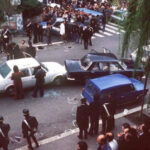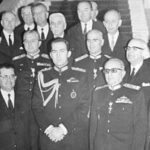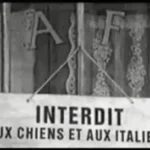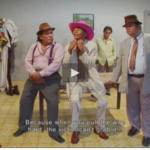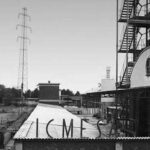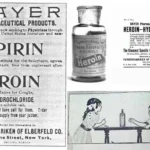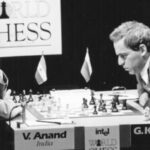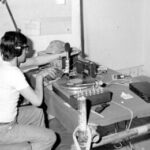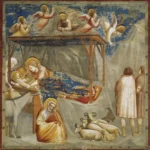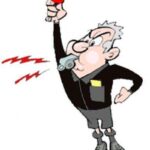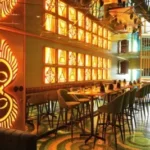October 3, 2024 Hidden history
Unfortunately, any investigation was stifled and the leaks remained.
Anteo Zamboni. A mystery never completely solved
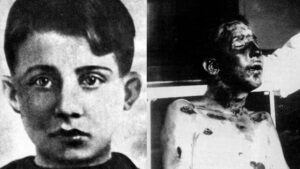
The promulgation of the Law for the Defense of the State (with which, in November 1926, the Fascist government suppressed the freedom of thought, of the press and of the political opposition, established the Special Court and reinstated the death penalty) was preceded by a massacre of a 15-year-old young man, Anteo Zamboni, that took place almost a century ago in Bologna.
On October 31, 1926, at 5:40 p.m., someone fired a shot at Benito Mussolini as his uncovered car (driven by the city’s “ras” Leandro Arpinati) turned into Canton dei Fiori, at the corner of Via Rizzoli and Via dell’Indipendenza.
The Duce, who had already escaped two other assassination attempts since the beginning of the year, remained unharmed, but the Bolognese squadristi and the Milanese arditi (led by Albino Volpi, a member of the group that had kidnapped and killed Giacomo Matteotti) were looking for support.
When they noticed that infantry lieutenant Carlo Alberto Pasolini was blocking a boy, Anteo Zamboni, they drew their daggers and threw themselves on him.
A massacre of unprecedented violence ensued, which stopped only when the mangled body of 15-year-old Anteo Zamboni was left on the sidewalk.
His father was the former anarchist Mammolo Zamboni and his aunt was the well-known anti-fascist Virginia Tabarroni.
This was enough to file the case with a 30-year prison sentence for the two adults (guilty of misleading the young man’s mind) and five years’ imprisonment for Anteo’s older brothers, Lodovico and Assunto, as “potentially dangerous”.
Despite the fancy titles with which Anteo Zamboni is usually remembered (“Italy’s first partisan” or “the child anarchist”), there are many doubts about the attack.
In particular, it is not even certain that he actually fired the gun.
Lieutenant Pasolini’s testimony can be summarized in one sentence: “They shot me in the left shoulder, I turned around and saw Zamboni with the gun”.
But no one has ever been able to determine whether Anteo Zamboni actually used the gun or whether they simply put it in his hand.
Moreover, the immediate lynching raises another question : was it a spontaneous reaction or did someone really stir the pot so that Anteo died immediately ?
And if the demagogy of the “heroic gesture” contrasts with the real nature of the young man (an obedient balilla nicknamed “Potato” for his lack of intelligence), the anarchist trail also falters.
His father Mammolo had long been a Fascist and a good friend of Arpinati (who went so far as to clash with Mussolini to defend the Zamboni family), while his brother Assunto repaid the pardon granted by the Duce in 1932 by becoming an OVRA spy.
Thus, a complex dynamic of the assassination attempt is hypothesized, which differs from the picture generally credited and supported by the investigation.
It takes into account the links that existed between Zamboni and Leandro Arpinati, arguing that behind the gesture was an internal power conspiracy within Fascism, between the intransigent wing linked to Roberto Farinacci and the normalizing wing supported by other hierarchs.
Therefore, it was most likely others who carried out the gesture, accusing the young anarchist of being complicit in a more or less premeditated mistaken identity.

